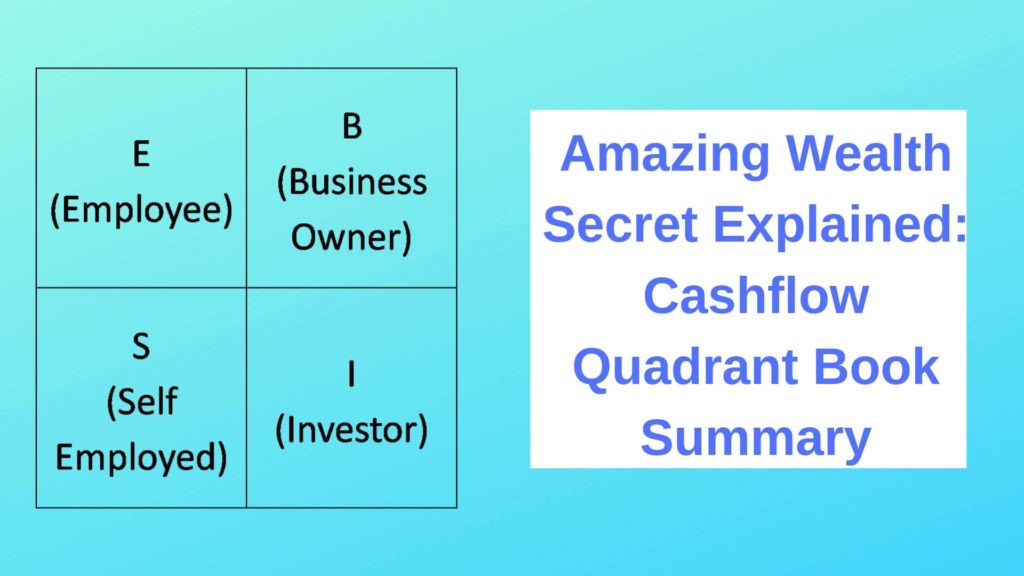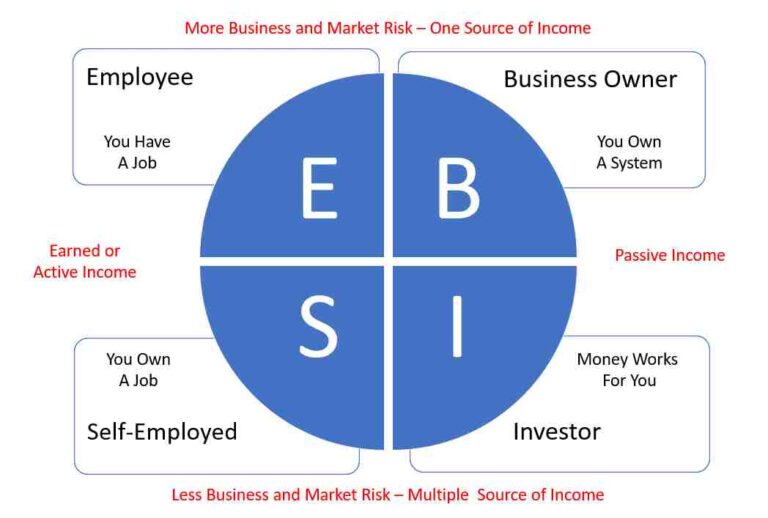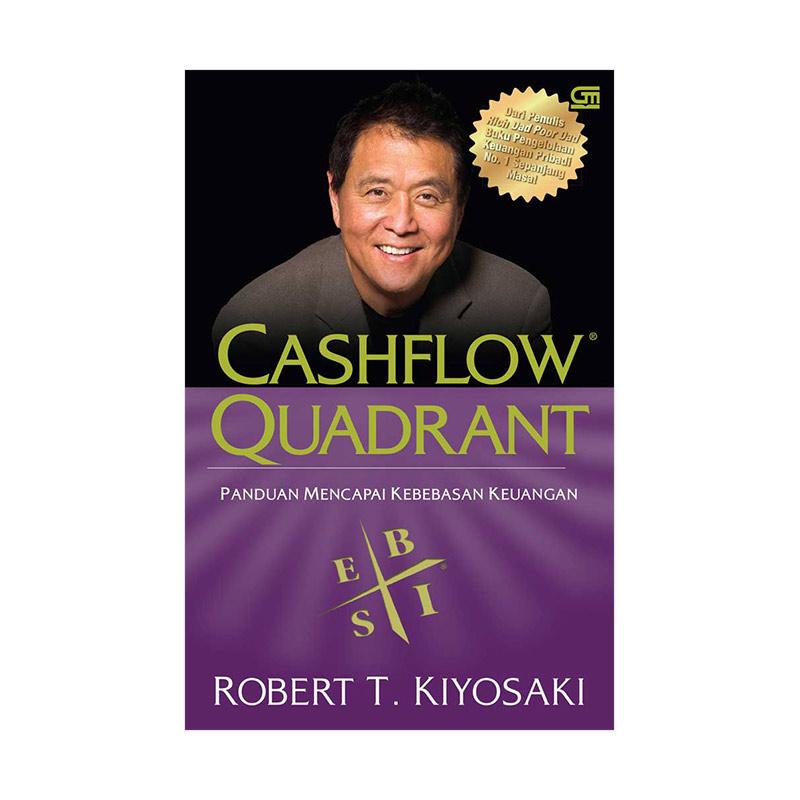
They don’t know much about investing or saving.Ģ) The Savers-Are-Losers Investor – This type of investor likes to save money for later, not invest much, or invest in very bad asset classes or securities that get wiped out by crisis or offer little-to-no interest.ģ) The I’m-Too-Busy Investor – This type of person hands in their hard-earned money to a trusted financial consultant to carry on investments for them. Lesson 3: There are five types of investors you should know about.Ĭonsidering the level of risk one is willing to take and their financial know-how, there are five different classes of investors:ġ) The Zero-Financial-Intelligence Investor – This investor type doesn’t have much money, to begin with, and if they do, they spend it quickly. When you own your own business, you can invest in things that will grow your business and make it more valuable. Once you’re fired, money stops entering your pocket. Working for yourself or a boss is fine until you can stand on your own two feet (financially speaking), but in the long term, you might want to shift from that.Īlthough you think that a job is safe, it’s only as safe as your contract. However, when you own a business, not only do you keep more of your paychecks (fewer taxes), but you also get to keep all the profits from your company’s success!īy starting or buying a business that allows you to invest as well as earn income, you’ll be able to build wealth much faster than if you just worked for someone else. So, how do you do it? If you work for someone else, all of your hard-earned cash gets taken away from you in taxes.

The more money you have, the more you can invest-and the better your chances of making good investments. And to get more money, you need to invest it. You can’t invest if you don’t have money. Lesson 2: The sooner you move into the B and I quadrants, the sooner you’ll become rich. They understand that if you want to succeed, you must keep up with new ideas and technologies. They’re doing the same things every day, and they’re not thinking about getting better at what they do or improving their processes.īut those in the B and I quadrants understand that there’s no such thing as “the way we’ve always done it.” They think about ways of improving their work every day. People in the E and S quadrants are always working hard, but they’re not always working smart. It’s about moving into other quadrants, like B or I. It’s also about investing your money in appreciating assets so that you can reap the financial benefits and have more time for yourself. It’s about using your time wisely, which means delegating tasks when possible and using tools to help you get more done in less time with fewer errors. It means you’re putting in long hours at your job, staying late to get that project done, or doing whatever it takes to meet deadlines and get the job done. Working hard is what most people do-and it’s not necessarily a bad thing.
CASHFLOW QUADRANT BOOK PDF DOWNLOAD DOWNLOAD
If you want to save this summary for later, download the free PDF and read it whenever you want.ĭownload PDF Lesson 1: There is a fundamental difference between people in the E and S quadrants, and those in the I or B quadrants.

We’re analyzing each lesson in detail below, so let’s start! If you loved Kiyosaki’s first book or if you want to learn more about reaching financial independence, you’re going to love what’s next.

Finally, the I quadrant depicts investors who invest money to gain profits on a regular basis with little effort on their part.

The B quadrant represents business owners who own an asset or business that provides income for them. The S quadrant represents self-employed people who sell their services to others and keep the profits. The E quadrant represents employees who work for others and provide labor in exchange for a paycheck. The book explains that there are four different types of people: Rich Dad’s Cashflow Quadrant explains how people can get rich by working smarter, not harder.


 0 kommentar(er)
0 kommentar(er)
